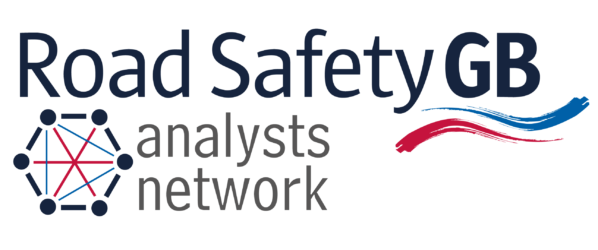All STATS19 crashes reported to the police have precise locations recorded using the Ordnance Survey National Grid system. Each collision has a single point associated with them that can then be mapped using local analysis system or web tools. The precision may be available at 1m, although coordinates are sometimes summarised to 10m accuracy. Police officers who attend the scene of a collision will report the location and record a narrative text description. This evidence may be analysed by local authorities once the initial report if filed and they may make adjustments based on their knowledge of the road environment. Quality checks are also carried out by the DfT, although some errors may still exist.
These locations are included in raw data sets published by DfT and so are publicly available (see Download government road safety data). These collision locations can be visualised with various website carrying out this task for members of the public:
Crashmap (Agilysis)
Thinkmap (DfT)
Collisionmap (Buchanan Computing)
Constituency Dashboard (PACTS)
Many local authorities publish their own maps e.g. Transport for London.
Crash locations on their own do not tell the full story. Often analytical techniques such as cluster analysis or route analysis are required to understand collision density and risk rates. Busier roads may be expected to have more crashes and small sample sizes may skew results.
